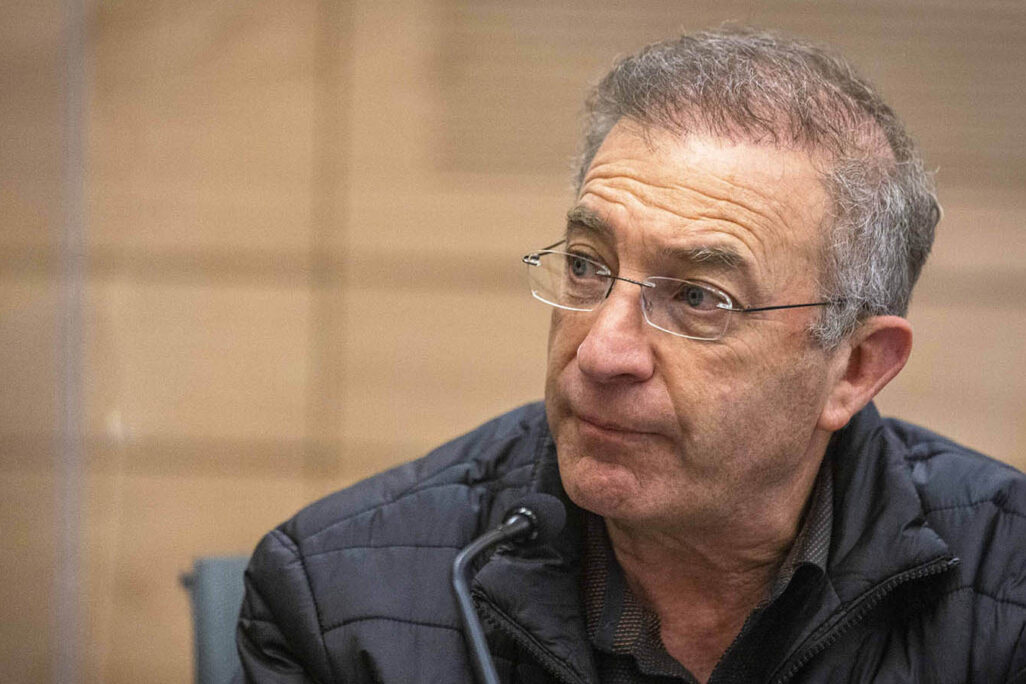
Almost 20,000 Ukrainians have entered the State of Israel since the outbreak of the war (10,000 immigrants, around 10,000 on a tourist visa).
“We are responsible for the absorption path of the new immigrants,” said Meir Spiegler, the head of the National Mission for the Absorption of Immigrants from Ukraine and Director General of the National Insurance Institute.
“We are responsible from their point of departure in Europe to their successful absorption in our country which includes employment and education,” he added. Spiegler was appointed chief of staff two weeks ago, and he works alongside Minister of Immigration Pnina Tamano-Shata.
Prime Minister Naftali Bennett expressed similar sentiments.
“We must ensure that the Jews fleeing places of danger are absorbed efficiently in the State of Israel.They must feel an open door and a warm home,” he said. “This is a historic task.”
After all the fine words, however, the true test will be the actual absorption process of the immigrants. Spiegler sat down with Davar for an interview, and maintained that the first task is to find housing.
“We are now looking all over the country for places that can accommodate new immigrants.There are sites that can be renovated and sites that can provide a suitable infrastructure for placing more mobile structures.”
That is, caravans?
“Decent housing, with a European standard, long-term construction and a green building standard.“
It has been announced that there will be three centers for immigrant housing, all in the periphery.
“We are not only looking at places in the periphery, but also in the center of the country: in the Modi’in region, at Lev HaSharon. Any site that can work is tested. As stated, we are also inspecting some sites for placing mobile buildings and also renovating and improving existing buildings.“
Processes for planning and approving construction plans take years in Israel, how will it work?
“There are many partners in this project, starting with the Ministry of Housing, the Director of Planning, the Israel Land Authority and the Ministry of Immigration. I am coordinating the housing project together with the director general of the Prime Minister’s Office. Our entire governmental framework is working together to provide solutions.“
In what way does the Ministry of Finance participate in the programs? Because at the end of the day they will have to approve the funding.
“True, I can say that already today there are estimates and discussions within the Budget Division regarding the amounts required. As part of the locating process there is a real estate appraisal. We are in the middle of that process.”
The immigrants are already in the country and need to be housed, what is the estimated timeline of the project?
“We intend to create options as soon as possible, we understand the reality is exceptional and any legal option will be exercised to shorten the process. I must point out that we are working with complete cooperation and with a long-term policy vision.“
How many more immigrants are expected following the war?
“We are not only expecting immigrants from Ukraine, we are also preparing for a wave of immigration from Russia. There are a number of scenarios which could see numbers of 15,000, 30,000 and 50,000, of immigrants arriving. We are currently preparing for a low number, but we certainly understand that the latter scenarios are not far from us.“
People who were involved in housing immigrants from Ethiopia at the caravan sites, are they involved in the operation that is now underway?
“We do not have people sitting with us who were responsible for housing the previous waves of immigration, but I can say that the insights and lessons learned from the 1990’s are with us and are at our doorstep. We look over them at every stage and do everything we can to avoid repeating past mistakes.”
This article was translated from Hebrew by Matt Levy.






